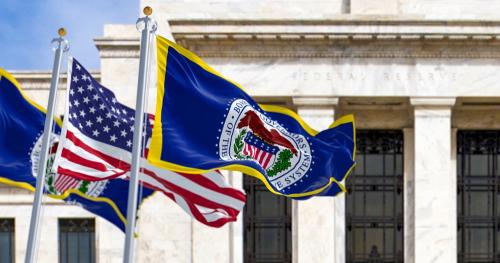Ben Bernanke, Distinguished Senior Fellow at the Hutchins Center at Brookings, and Olivier Blanchard, Senior Fellow at the Peterson Institute for International Economics, answer a timely question: What caused the increase in U.S. inflation during and after the COVID-19 pandemic?
They find that many forecasters, including those at the Federal Reserve, anticipated that inflationary pressures arising from the large fiscal packages in the U.S. would appear primarily in the labor market, as increased demand for workers put upward pressure on wages and, ultimately, prices. In fact, most of the rise in inflation in 2021 and 2022 was driven by developments that directly raised prices rather than wages, including sharp increases in global commodity prices and sectoral price spikes driven by a combination of pandemic-induced kinks in supply chains and a huge shift in demand during the pandemic to goods from services. Fiscal policy contributed to the inflation, but primarily through its effects on consumer demand for commodities and goods in limited supply rather than through the labor market.
Although the inflation did not originate in labor markets, the authors show that tight labor markets – best measured by the ratio of the number of vacancies to the number of unemployed persons – are beginning to play a more significant role in pushing up prices, even as the effects of commodity and sectoral price shocks wane. Bringing inflation down to the Fed’s 2% target will require bringing the demand and supply of labor into better balance, with the ratio of job openings to unemployed workers closer to pre-pandemic levels. Whether that requires a significant increase in the (historically low) unemployment rate depends on the extent to which balance in the labor market can be restored by a decline in the unusually high number of job openings. That in turn depends on whether the efficiency of the labor market in matching employers and workers—which has been reduced by a number of pandemic-induced disruptions—returns to pre-pandemic levels.
The Brookings Institution is financed through the support of a diverse array of foundations, corporations, governments, individuals, as well as an endowment. A list of donors can be found in our annual reports published online here. The findings, interpretations, and conclusions in this report are solely those of its author(s) and are not influenced by any donation.
The Brookings Institution is committed to quality, independence, and impact.
We are supported by a diverse array of funders. In line with our values and policies, each Brookings publication represents the sole views of its author(s).







